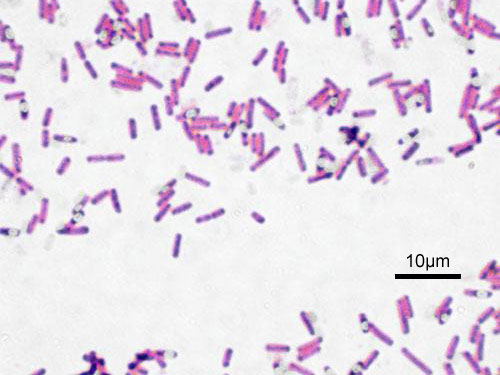Gut microbiota project
Grading rubric
To earn credit, a project must meet the following criteria.
| Criterion | Met | Not met |
|---|---|---|
| Accurately interpret the model setup in terms of biology | ||
| Accurately determine both the short-term and the long-term dynamics of the model and interpret those dynamics in terms of the gut microbiota | ||
| Accurately analyze the impact of inflammatory bowel disease on the gut microbiota dynamics | ||
| Back up conclusions by R code that can be run to verify these results |
| Project receives credit | YES | NO |
Submitting project
Submit the following by the due date.
- This cover sheet
- Answers to the project questions (typed or handwritten)
- Your R code (e-mail it to instructor)
R code expectations
Your submitted R code should be one script that when sourced does the calculations for at least the following questions: 2a, 2b, 2c, 2d, 2e, 4a, 4b. When sourced, the file must print the question number, e.g., by a command such as print("Question 2a"), and then print the corresponding answer.
Background
Humans have trillions of bacteria living within their guts, which are collectively referred to as the 'gut microbiota'. The gut microbiota is primarily made up of four main groups of bacteria: Actinobacteria, Bacteroidetes, Firmicutes, and Proteobacteria. Throughout a person's life, the relative abundance of each of these four groups changes. This process is similar to the ecological concept of succession.
The overarching questions for this project are:
- What is the relative abundance of each of the four groups of bacteria in a person's gut over each short- and long-term timescales?
- Does the gut microbiota ever reach any sort of equilibrium (here, a stable relative abundance of the four bacteria types)? If so, what factors influence this equilibrium?
The gut microbiota for a healthy human infant can be modeled with the equation: \begin{align} \begin{bmatrix}A\\B\\F\\P\end{bmatrix}_{t+1} = M \begin{bmatrix}A\\B\\F\\P\end{bmatrix}_t \end{align} \begin{align*} M = \begin{bmatrix}0.5&0&0&0\\ 0 &0.9 &0.05 &0.5\\ 0.5 &0.1 &0.85 &0.3\\ 0 &0 &0.1 &0.2 \end{bmatrix} \end{align*} where $A$ is the abundance of Actinobacteria, $B$ of Bacteroidetes, $F$ of Firmicutes, $P$ of Proteobacteria, and $t$ is the number of weeks since the infant's birth.
Here $M$ is the transition matrix, describing transitions among each of these four bacterial groups. Unlike in the sea turtle model (where transition from $A$ to $B$ represents an individual turtle changing from type $A$ to type $B$), here the transitions indicate the probability that an area of the gut that is dominated by group $A$ is taken over by group $B$ in the next time step.
